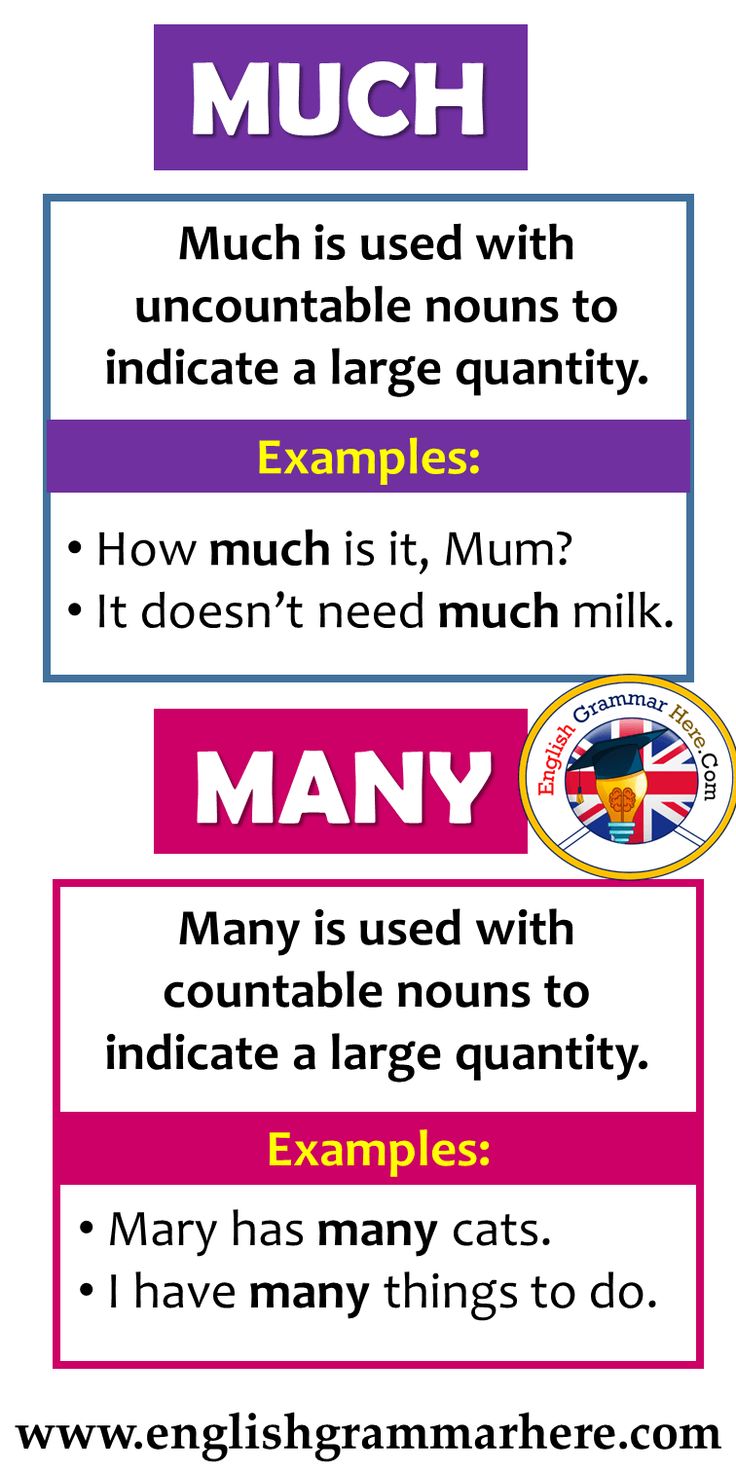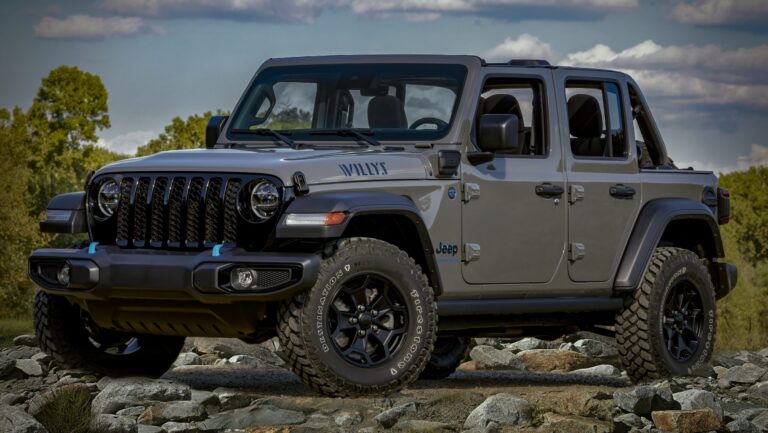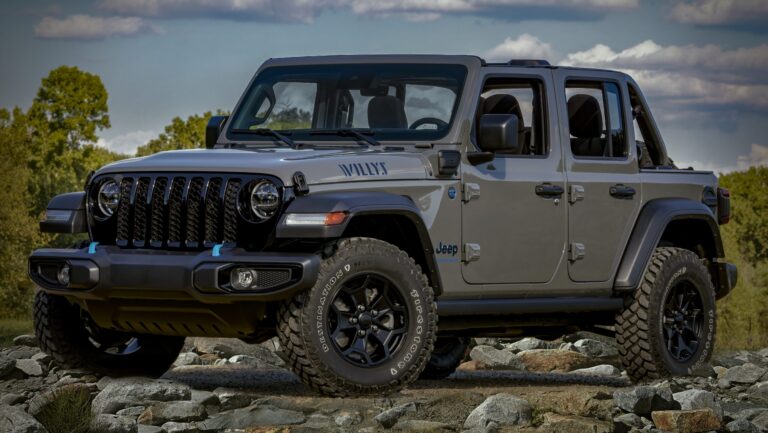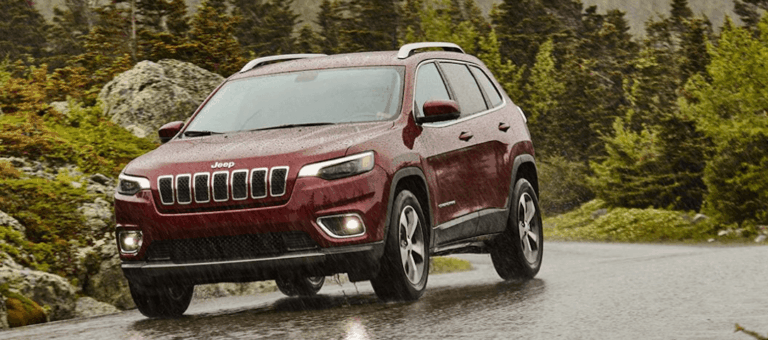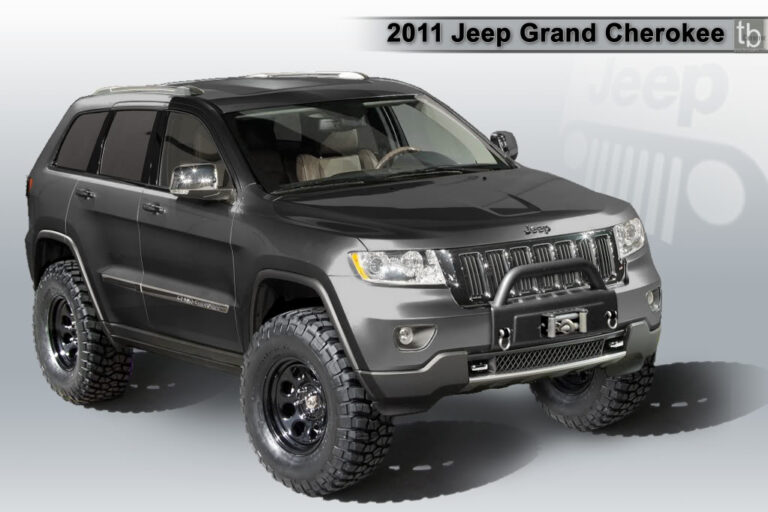How Much Does A Jeep Wrangler Cost A Month? Unpacking the True Price of Adventure
How Much Does A Jeep Wrangler Cost A Month? Unpacking the True Price of Adventure jeeps.truckstrend.com
The iconic Jeep Wrangler, with its rugged charm, open-air freedom, and unparalleled off-road capability, holds a special place in the hearts of many automotive enthusiasts. It’s more than just a vehicle; it’s a lifestyle, a symbol of adventure and independence. However, before you commit to the "Jeep wave" and embark on your next trail, it’s crucial to understand that the cost of owning a Jeep Wrangler extends far beyond its initial sticker price. "How much does a Jeep Wrangler cost a month?" is a question that encompasses a complex web of financial commitments, from loan payments and insurance to fuel, maintenance, and potential customizations.
This comprehensive guide will break down the various monthly expenses associated with owning a Jeep Wrangler, providing a clear, detailed picture of what you can expect to pay. By understanding these costs upfront, you can budget effectively, make informed decisions, and truly enjoy the thrill of Wrangler ownership without unexpected financial bumps in the road.
How Much Does A Jeep Wrangler Cost A Month? Unpacking the True Price of Adventure
The Initial Investment: Purchase Price & Financing
The journey to monthly Wrangler costs begins with the purchase price. This is arguably the largest single factor influencing your monthly outlay.
-
New vs. Used: A brand-new Jeep Wrangler can range significantly in price depending on the trim level, engine, and added options.
- New Wrangler Sport (Base Model): Starts around $32,000 – $37,000.
- New Wrangler Rubicon/Sahara (Mid-High Trim): Can easily reach $45,000 – $60,000+.
- New Wrangler 4xe (Plug-in Hybrid): Typically starts around $52,000 – $65,000+.
- Used Wranglers: Prices vary wildly based on year, mileage, condition, and modifications. A well-maintained used Wrangler can be found for $15,000 – $35,000, offering a more accessible entry point.


Financing Your Purchase: Most buyers finance their Wrangler. Your monthly loan payment will depend on:
- Loan Amount: The total price minus your down payment.
- Interest Rate (APR): This is determined by your credit score and current market rates. Good credit can secure rates from 4-8%, while lower scores might see 10%+ rates.
- Loan Term: Common terms are 36, 48, 60, or 72 months. Longer terms mean lower monthly payments but more interest paid over time.

Estimated Monthly Loan Payment:
Assuming a new Wrangler at $45,000, with a $5,000 down payment ($40,000 financed) and a 6% APR:
- 60-month term: Approximately $773 per month.
- 72-month term: Approximately $665 per month.
- 84-month term: Approximately $585 per month.
For a used Wrangler at $25,000, with a $3,000 down payment ($22,000 financed) and a 7% APR:
- 60-month term: Approximately $436 per month.
- 72-month term: Approximately $369 per month.
Insurance: A Non-Negotiable Monthly Expense
Car insurance is mandatory and can be a significant recurring cost for a Wrangler. Several factors influence your premium:
- Driver Profile: Age, driving record, marital status, and credit score.
- Location: Urban areas typically have higher rates due to increased risk of theft and accidents.
- Wrangler Model & Trim: Newer, more expensive models (like a Rubicon or 4xe) generally cost more to insure due to higher repair or replacement costs.
- Coverage Type: Full coverage (comprehensive and collision) is more expensive than liability-only but is usually required if you have a loan.
- Safety Features: While Wranglers have improved, their removable parts (doors, roof) can sometimes factor into theft concerns for insurers.
Estimated Monthly Insurance Cost:
On average, expect to pay anywhere from $100 to $250+ per month for full coverage on a Jeep Wrangler. Younger drivers, those with less-than-perfect records, or those living in high-risk areas could see much higher rates.
Tips for Reducing Insurance Costs: Shop around with multiple providers, inquire about discounts (good driver, multi-policy, low mileage), consider increasing your deductible, and maintain a clean driving record.
Fuel Costs: Feeding Your Off-Road Beast
Jeep Wranglers aren’t exactly known for their stellar fuel economy, though recent engine options have improved this. Your monthly fuel bill will depend on your specific model, engine, and driving habits.
-
Gasoline Models (2.0L Turbo & 3.6L Pentastar V6):
- 2.0L Turbo: Around 21-23 MPG combined.
- 3.6L Pentastar V6: Around 19-21 MPG combined.
- Average Monthly Fuel Cost: If you drive 1,000 miles a month and gas costs $3.50/gallon, a 20 MPG Wrangler would consume 50 gallons, costing $175 per month. Heavy drivers or those with lower MPG models could easily spend $250-$350+.
-
Wrangler 4xe (Plug-in Hybrid):
- Offers an electric-only range (typically 21-25 miles) before switching to hybrid mode (around 49 MPGe combined).
- Savings: If your daily commute falls within the electric range and you can charge at home, your gasoline consumption could be minimal.
- Charging Costs: The cost to charge at home depends on your electricity rates. A full charge might cost $2-$4. If you rely heavily on public charging, costs could be higher.
- Average Monthly Fuel/Charging Cost (4xe): Can range from $50 (mostly electric) to $150+ (more gasoline use) depending on driving patterns and charging habits.
Considerations: Off-roading, with its low-speed, high-torque demands, significantly reduces fuel efficiency. Large, aggressive off-road tires also negatively impact MPG.
Maintenance & Repairs: Keeping the Adventure Alive
Like any vehicle, a Wrangler requires regular maintenance to stay in top condition. Beyond routine service, you should also budget for potential repairs.
-
Routine Maintenance:
- Oil Changes: Every 7,500-10,000 miles (costing $70-$120).
- Tire Rotations: Every 5,000-7,500 miles (often free with purchase or $20-$40).
- Other Fluids & Filters: Brake fluid, coolant, air filters, cabin filters (variable cost).
- Annual Inspection: Varies by state.
-
Anticipated Repairs & Wear Items:
- Tires: Wrangler tires, especially larger off-road ones, can be expensive ($200-$400+ per tire) and may wear faster depending on driving style and terrain.
- Brakes: Pads and rotors typically need replacement every 30,000-60,000 miles ($400-$800+ per axle).
- Suspension Components: Off-roading can accelerate wear on shocks, ball joints, and tie rods.
- Recalls/Common Issues: While reliable, no vehicle is immune to potential issues. Research common problems for the specific model year you’re considering.
Estimated Monthly Maintenance & Repair Allocation:
It’s wise to set aside $50 to $150 per month for maintenance and potential repairs. This allows you to build a reserve for larger, less frequent expenses like new tires or brake jobs. Those who frequently off-road should budget more, perhaps $150-$250+, as demanding terrains can accelerate wear and tear.
Registration, Taxes, and Fees: The Annual Burden (Monthly Equivalent)
While often paid annually, these costs should be factored into your monthly budget.
- Vehicle Registration Fees: Vary widely by state, often based on vehicle age, weight, or value. Can range from $50 to several hundred dollars per year.
- Sales Tax: Paid at the time of purchase (or financed into the loan). While not a monthly cost, it impacts the total amount financed.
- Title and License Plate Fees: Typically one-time fees paid at purchase or registration.
Estimated Monthly Allocation:
Budgeting $15 to $40 per month to cover your annual registration and other minor fees is a reasonable approach.
Customization & Accessories: The "Jeep Thing" Premium
This is the "optional" but often irresistible category. Many Wrangler owners customize their vehicles with lift kits, larger tires, aftermarket bumpers, winches, lights, and more. This truly is the "Jeep thing," but it comes at a cost.
- Lift Kits: $500 – $3,000+
- New Wheels & Tires: $1,500 – $4,000+
- Bumpers & Armor: $500 – $2,000+ each
- Winches, Lights, Roof Racks: Hundreds to thousands of dollars.
While not a direct monthly cost, if you plan to customize, you’ll either pay a lump sum or finance these additions, which adds to your monthly loan payment. Many owners budget an ongoing amount for upgrades, turning it into an informal "customization fund" of $50 to $200+ per month.
Depreciation: The Silent Cost
Depreciation is the loss of value over time. While Wranglers are known for holding their value relatively well compared to many other vehicles, they still depreciate. This isn’t a direct monthly payment, but it’s a real financial cost, especially if you plan to sell or trade in your Wrangler down the line. A new Wrangler might lose 15-25% of its value in the first year alone, then 5-10% annually thereafter.
How to Estimate Your Personal Monthly Wrangler Cost
To get a precise figure, follow these steps:
- Determine Purchase Price: Research new and used prices for your desired Wrangler model and trim.
- Calculate Loan Payment: Use an online loan calculator with your desired down payment, estimated APR (get pre-approved for a rate!), and loan term.
- Get Insurance Quotes: Contact several insurance providers with your specific driver information and the exact Wrangler model you’re considering.
- Estimate Fuel Use: Multiply your average monthly mileage by your estimated MPG, then by your local gas price. Account for potential off-roading.
- Budget for Maintenance: Allocate a monthly amount based on anticipated routine service and a contingency for unexpected repairs.
- Account for Annual Fees: Divide your state’s annual registration fee by 12.
- Consider Customization: Decide if and when you’ll customize, and how you’ll fund it.
Comprehensive Monthly Cost Breakdown Table
Here’s an estimated monthly cost range for owning a Jeep Wrangler, from a more budget-conscious used model to a fully loaded new one.
| Expense Category | Low-End Estimate (Used/Base Model) | Average Estimate (Mid-Trim New) | High-End Estimate (Loaded New/4xe) |
|---|---|---|---|
| Loan Payment | $350 – $500 | $600 – $800 | $750 – $1,000+ |
| Insurance | $100 – $150 | $150 – $200 | $200 – $250+ |
| Fuel/Charging | $100 – $175 | $175 – $250 | $50 – $200 (Varies greatly for 4xe) |
| Maintenance & Repairs | $50 – $100 | $75 – $150 | $100 – $200+ |
| Registration/Taxes (Monthly) | $15 – $25 | $25 – $40 | $30 – $50 |
| Optional: Customization Fund | $0 – $50 | $50 – $100 | $100 – $200+ |
| Estimated Total Monthly Cost | $615 – $1,000+ | $1,075 – $1,740+ | $1,230 – $2,000+ |
Note: These figures are estimates and can vary significantly based on individual circumstances, location, and market conditions.
Practical Advice and Actionable Insights
- Don’t Overextend: Get pre-approved for a car loan before you shop. This helps you understand what you can truly afford monthly.
- Consider Used: A well-maintained used Wrangler can offer significant savings on the purchase price, insurance, and even initial depreciation.
- Shop for Insurance: Get at least three quotes from different insurance providers. Rates can vary by hundreds of dollars annually for the same coverage.
- Budget for the Unexpected: Always have an emergency fund for car repairs. Wranglers are robust, but things can still break, especially with off-road use.
- DIY Maintenance (Where Possible): Simple tasks like air filter changes, tire rotations (if you have the tools), and fluid checks can save money.
- Factor in Customization Early: If you know you’ll want to modify your Wrangler, factor those costs into your overall budget. It’s often cheaper to buy a vehicle already modified if those mods align with your goals, rather than adding them later.
- Understand 4xe Savings: If you have a short commute and access to home charging, the Wrangler 4xe can drastically cut fuel costs, potentially offsetting its higher purchase price over time.
Conclusion
So, how much does a Jeep Wrangler cost a month? The answer, as you can see, is not a simple fixed number. It’s a dynamic sum influenced by your choices, location, driving habits, and the specific model year and trim level. From the initial loan payment and mandatory insurance to ongoing fuel, maintenance, and the tempting world of customization, owning a Wrangler demands a comprehensive financial plan.
While the monthly costs can be substantial, for many, the unparalleled sense of freedom, adventure, and community that comes with owning a Jeep Wrangler makes it a worthwhile investment. By meticulously planning and understanding all the associated expenses, you can ensure your "Jeep thing" remains a source of joy and excitement, rather than an unexpected financial burden. Happy trails!
Frequently Asked Questions (FAQ)
Q1: Is a Jeep Wrangler expensive to maintain?
A1: Compared to some standard sedans, a Jeep Wrangler can be slightly more expensive to maintain, especially if it’s regularly taken off-road. Parts can be a bit pricier, and specialized off-road components might require specific shops. However, routine maintenance costs are generally comparable to other SUVs.
Q2: Do Wranglers hold their value well?
A2: Yes, Jeep Wranglers are renowned for holding their value exceptionally well, often better than many other vehicles. This is due to their strong brand loyalty, timeless design, and high demand for both new and used models.
Q3: What’s the cheapest way to own a Wrangler?
A3: The cheapest way to own a Wrangler is typically to buy a well-maintained used model (preferably a few years old to avoid initial depreciation), opt for a base trim level, choose a shorter loan term if possible, and diligently shop for the best insurance rates. Minimizing off-road excursions will also reduce wear and tear.
Q4: How much does a 4xe Wrangler save on fuel compared to a gasoline model?
A4: The savings with a 4xe Wrangler depend heavily on your driving habits and access to charging. If you can primarily drive in electric-only mode for your daily commute and charge at home, your gasoline costs could be minimal, leading to significant savings compared to a purely gasoline-powered Wrangler. If you frequently take long trips or don’t charge often, the savings will be less pronounced.
Q5: Does off-roading significantly increase the monthly cost of a Wrangler?
A5: Yes, frequent and aggressive off-roading can significantly increase monthly costs. It leads to faster wear and tear on tires, suspension components, and other parts, potentially increasing maintenance and repair bills. It also typically consumes more fuel. Additionally, some insurance policies might have stipulations regarding off-road use.

